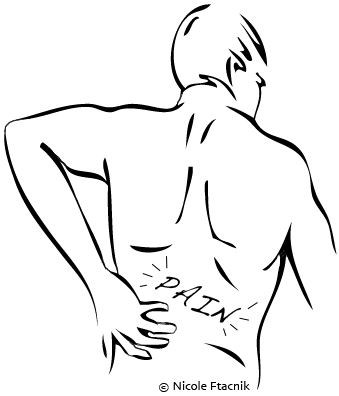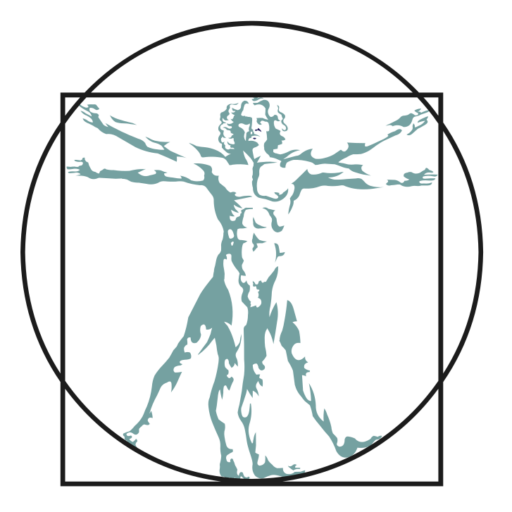In my opinion, treating our own TrP’s is pretty difficult; however, it can offer some short-term relief until the issue of pain and dysfunction—caused by muscular-imbalances—is addressed as a whole, …
Self-Care (For Massage Therapists And Clients)
The Psoas Major: A Major Player In Back Pain
Have you ever had back pain or know someone who has? If so, this post is for you, my friends! There are many muscles that could cause back issues, but …
Barefoot Is Better
I am engrossed in an awesome book and thought I would share some information from it. The book is called Born To Run: A Hidden Tribe, Superathletes, And The Greatest …
Massage And Contraindications
I have found in my practice that many people are not familiar with the word contraindication, and it is an important word to know; not just when referring to massage, …
 Health & Wellness
Health & WellnessTypes Of Back Pain And Red Flags
So many people suffer from back pain; myself included, but not nearly as frequently compared to my past. It wasn’t until 2006 while in massage school, when PNMT was first introduced to me, that I ultimately got relief—this fact being why I specialize in it today! With that said, let me start off by giving you the short version of my not-so-lovely experience with low-back pain…
My issues started when I was a freshman in high school, that being in 1990—I can’t believe I just aged myself. After many visits to different medical professionals over the years, it wasn’t until the year 2000 that I was officially diagnosed with spondylolisthesis, spondylosis, two degenerative discs, one disc “protrusion”, and arthritis; all in the lumbar spine. Oh, I should also mention that I was diagnosed with sciatica. Ugh! I couldn’t believe that I had this much going on at the young age of 25, and for me, the pain was exhausting; both mentally and physically. Anyway, back to this in a few.
Does any of this sound familiar? Assuming it does, I am going to move on to the different types of back pain and where it can stem from. Yay! The following examples could relate to the upper-, middle-, and/or low-back…
- Pain from the disc, which is richly supplied by nerves
- Pain from facet joints
- Pain from muscle and soft tissue mechanisms
- Pain from SI joint issues
- Pain from trigger points
There are many possible causes associated with back pain, but I wanted to give you some examples where PNMT would be beneficial, since it is designed to treat pain that is mechanical related; soft-tissue in origin. But, what if back pain is not soft-tissue related? Well, it is my job to rule out other causes, and to know when it is in my client’s best interest to refer to a medical professional. So, how about I be up-front with some red flags? First and foremost, it is important to know that mechanical (musculoskeletal) pain is made better or worse with movement. If movement has no effect whatsoever, consider that a red flag for treatment, and schedule an appointment with your doctor. Some other red flags related to back pain are as follows…
- Pain that throbs, is nocturnal, and is worsened by activity
- Pain that is accompanied by shortness of breath
- Pain that is accompanied by a loss of appetite
- Pain that is accompanied by a fever or night sweats
- Pain is accompanied by swelling that is not associated with an injury
- If pain is like bilateral sciatica—affecting both sides—causing problems with the lower extremities, bowel, or bladder dysfunction; this could be cauda equina syndrome, a massive extrusion of nuclear material into the spinal canal, which causes an acute loss of function of the lumbar plexus.
Now, back to my own low-back issues. Despite all of the depressing diagnoses I was given way back when, I have lived a relatively pain-free lifestyle since 2006 due to PNMT, and MANY thanks go to my mentor for treating me and educating me on this awesome non-invasive treatment option for pain and dysfunction. You rock, Bill!
That’s all for now, folks! Stay tuned for whatever it is I decide to write about next, and as always, I hope you find this information informative!
* * * * *
“Neutral balance alignment is key to becoming pain free!” ~ Me

